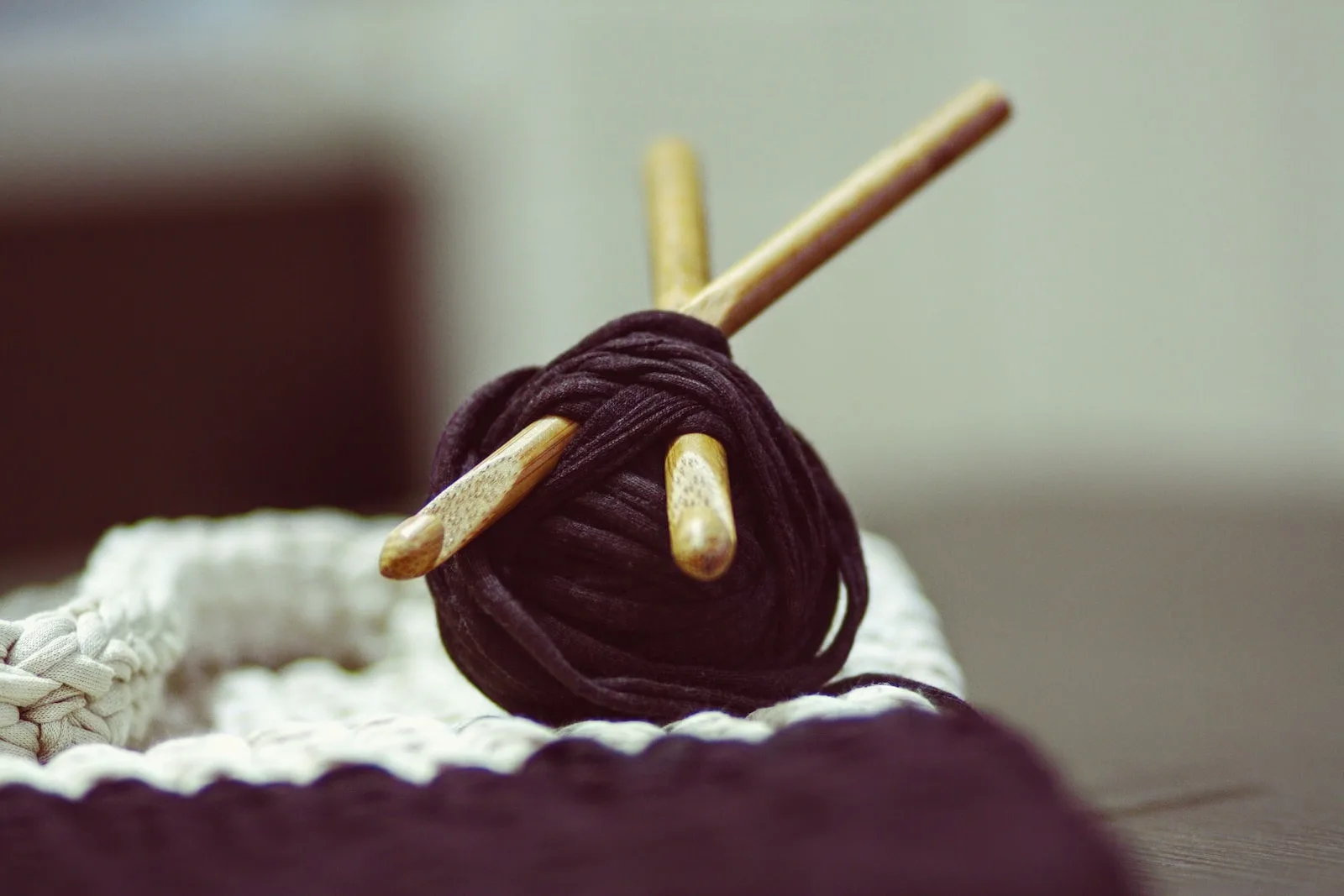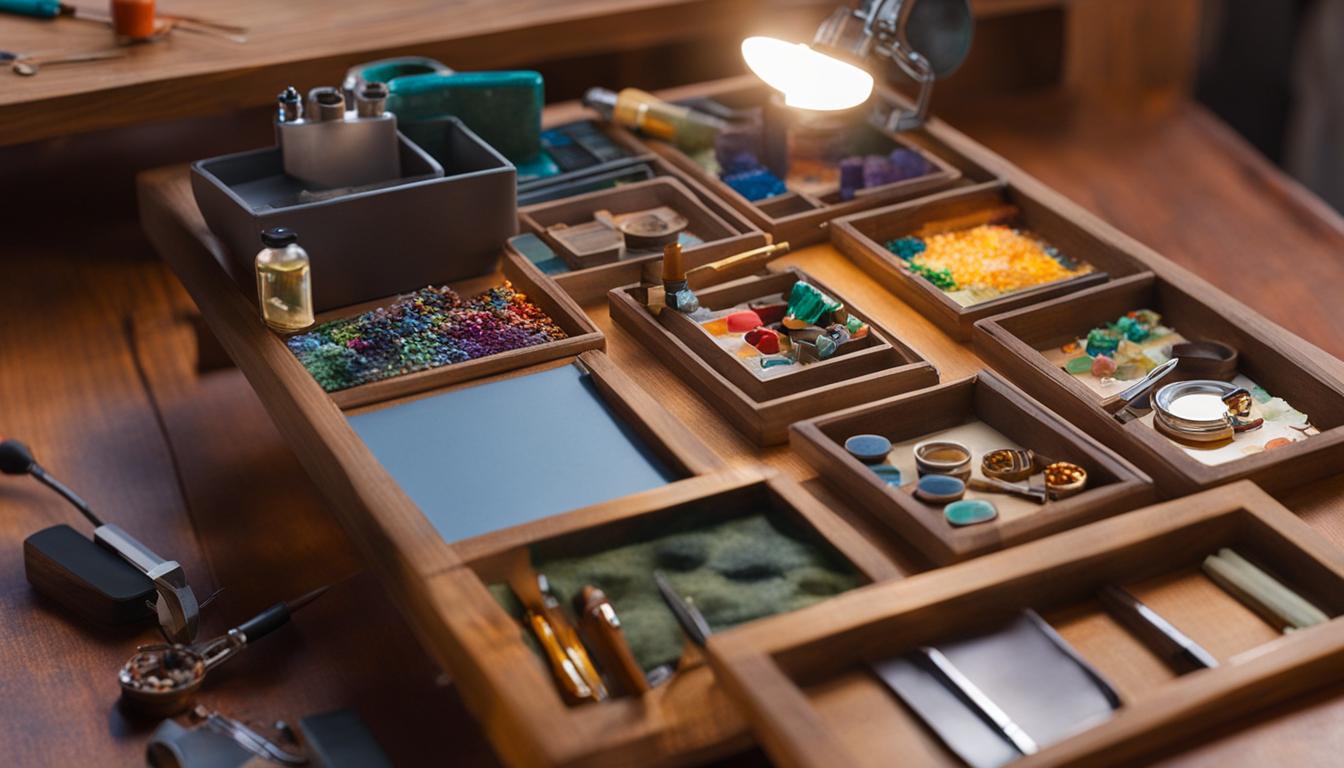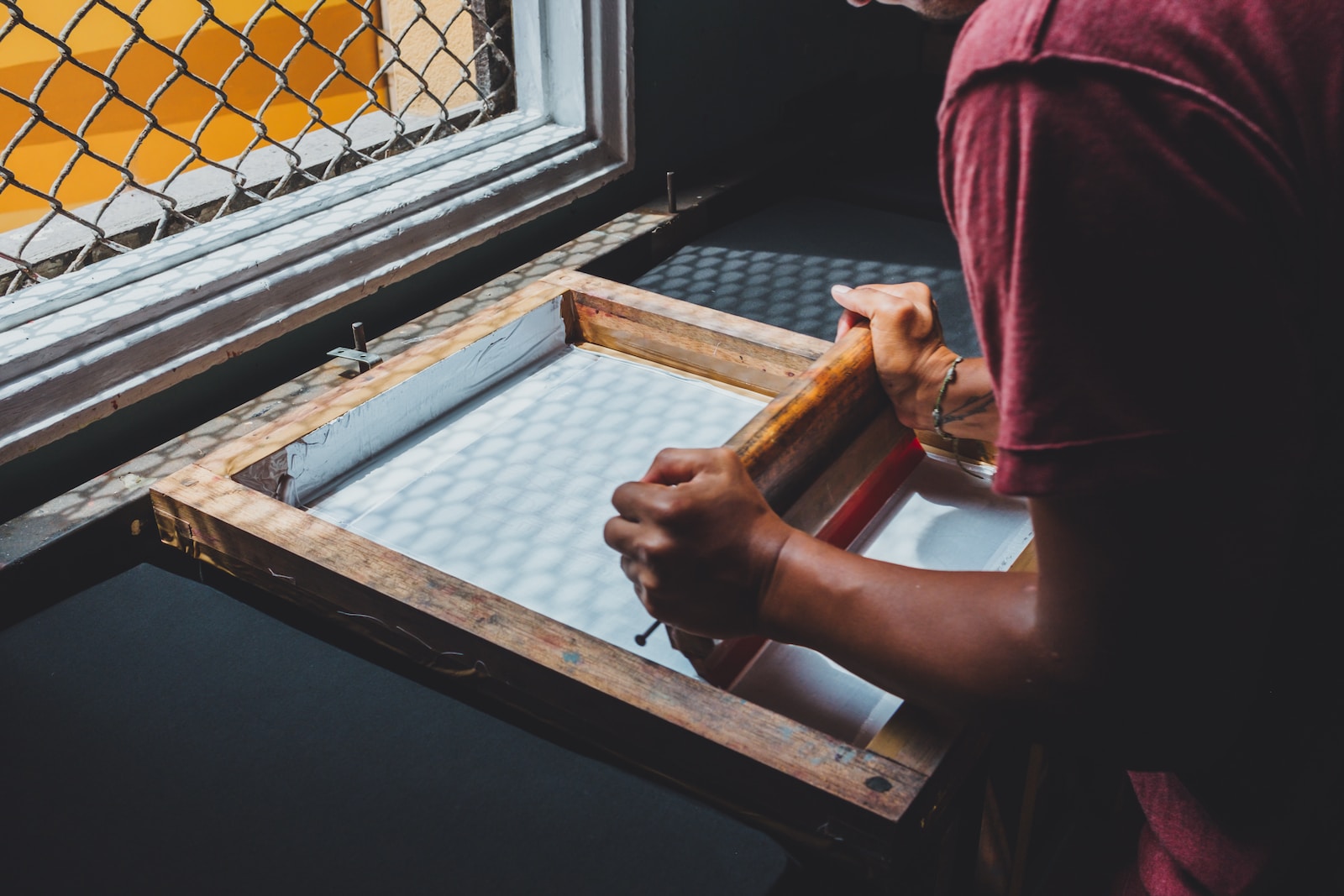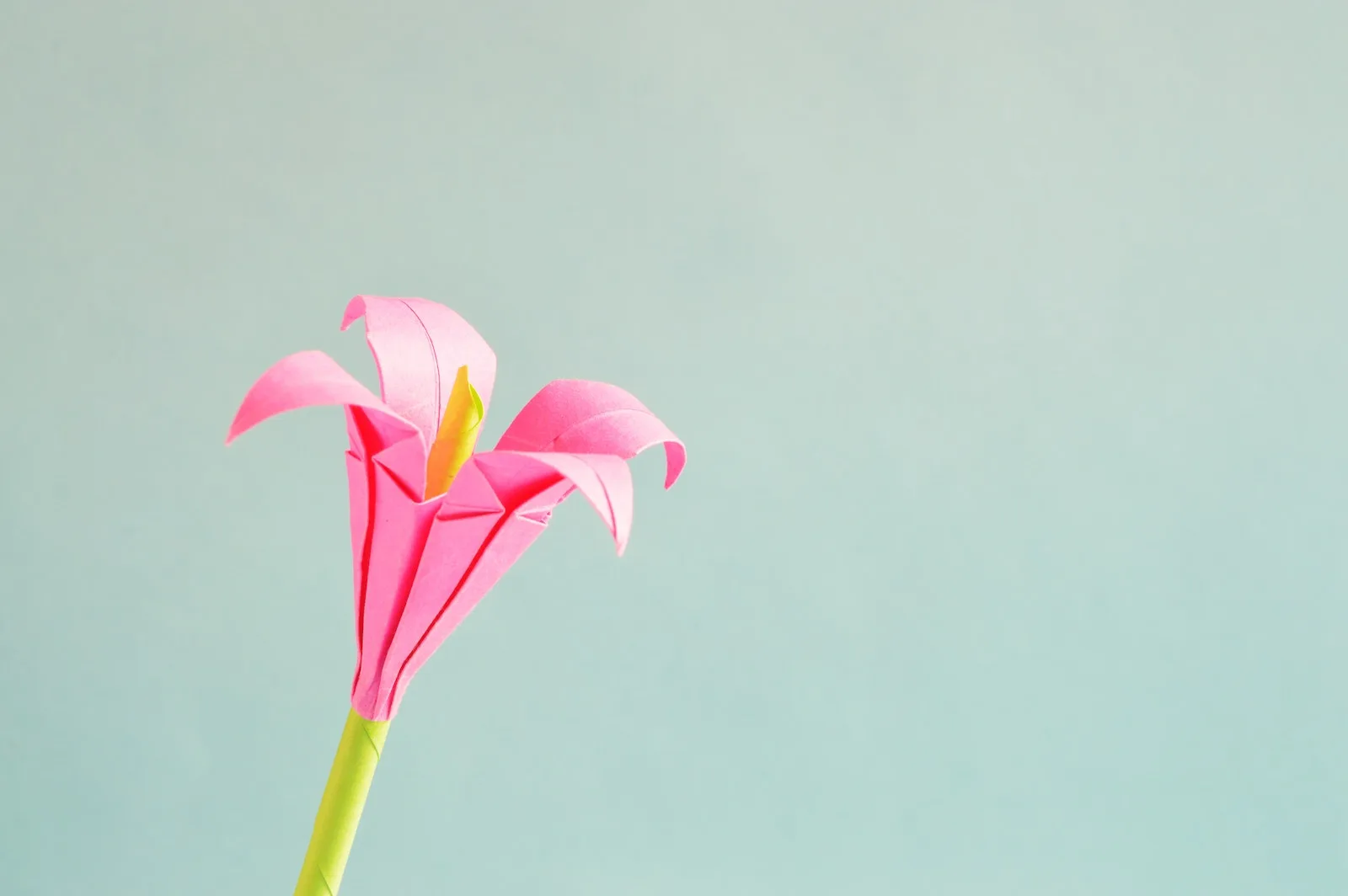Introduction
Welcome to the fascinating world of fiber arts! Knitting and crocheting have been beloved pastimes for centuries, capturing the hearts of crafters all over the globe.
These creative endeavors offer a wonderful way to de-stress, create beautiful items, and connect with a vibrant community of fellow crafters. Knitting and crocheting are both forms of handiwork that involve using yarn to create fabric and various items.
While they share similarities in terms of materials used and end results, they differ in technique, tools, and overall aesthetic. Understanding the differences between knitting and crocheting is essential for beginners as it helps determine which path to embark upon based on personal preferences, desired outcomes, or specific project requirements.
Brief Overview: Knitting
Knitting is a time-honored textile tradition that originated centuries ago. The process involves interlocking loops of yarn using two or more needles.
This craft allows for intricate stitch patterns and complex designs that result in elegant garments such as sweaters, scarves, hats, socks, and even blankets. The popularity of knitting has soared in recent years due to its versatility and the wide array of beautiful yarns available.
Knitters can explore various techniques like lacework or cable knitting while selecting from an extensive palette of colors. With patience and practice, knitters can create stunning heirloom pieces that showcase their creativity.
Brief Overview: Crocheting
Crocheting is another beloved fiber art form that has its roots in ancient times but gained prominence during the 19th century. Unlike knitting where loops are interlocked with multiple needles simultaneously, crochet employs a single hook to form interconnected stitches.
What sets crochet apart is its ability to produce distinct textures through different stitch heights such as single crochet, double crochet, or treble crochet. This versatility allows for the creation of countless items including blankets, shawls, baby clothes, dishcloths, and adorable amigurumi toys.
Importance of Understanding the Differences
While knitting and crocheting offer similar creative outlets for yarn enthusiasts, comprehending their differences is crucial. Knowledge of these distinctions empowers beginners to make informed choices based on personal preferences and desired outcomes. Understanding the unique techniques involved in each craft enables individuals to select the one most suited to their skill level and preferred aesthetic.
By recognizing their diverging characteristics, crafters can also determine which technique would be best suited for specific projects or patterns they wish to tackle. So whether you’re drawn to the rhythmic clicking of knitting needles or prefer the rhythmic motion of a crochet hook in your hands, delve into this guide as we explore the intricate world of knitting and crocheting.
Knitting: The Basics
A Yarnful Art Form
Now, let’s dive into the fascinating world of knitting. Knitting is an age-old craft that dates back centuries and has evolved into a beloved hobby for many.
At its core, knitting involves creating fabric by interlocking loops of yarn using specialized tools called knitting needles. This rhythmic and meditative practice allows crafters to unleash their creativity while producing beautiful garments, accessories, and home decor.
Gather Your Tools
Before you embark on your knitting journey, it’s essential to gather the necessary tools. Of course, you’ll need a delightful array of yarns in various colors and textures to suit your creative vision. Next up are the indispensable companions of every knitter: knitting needles.
There are several types to choose from depending on your project’s requirements and personal preferences. Firstly, there are straight knitting needles, which consist of two long sticks with pointed ends usually made from metal, plastic, or bamboo.
These needles are ideal for working on flat pieces like scarves or dishcloths. If you’re ready to tackle larger projects such as sweaters or blankets, circular needles offer versatility galore!
They consist of two needle tips connected by a flexible cable in various lengths. Circular needles allow you to knit both flat and in the round (circular) seamlessly.
For intricate items like socks or gloves that require small diameter knitting in the round, double-pointed needles (DPNs) come to the rescue. DPNs typically come in sets of four or five short needle tips with pointed ends.
Stitching It All Together
With your trusty yarn and chosen set of needles at hand, it’s time to acquaint yourself with some basic knitting stitches—the building blocks of this crafty endeavor! The most fundamental stitch is aptly named the knit stitch.
It involves inserting the right needle into the front of the stitch on the left needle and pulling a loop of yarn through, creating a new stitch. This process is repeated, row after row, resulting in a smooth, interlocking fabric.
Another essential stitch is its counterpart, the purl stitch. With this technique, you insert the right needle into the front of the stitch on the left needle but from right to left, instead of left to right as in knitting.
Like magic, this creates a bumpy texture that beautifully complements knitted pieces. These two foundational stitches are often combined in various patterns and sequences to create an infinite array of designs and textures.
Once you master them, you’ll be ready to embark on more intricate techniques like increasing or decreasing stitches and experimenting with different knitting styles. Now that we’ve explored knitting’s basics, let’s move on to uncovering the secrets of crocheting—a whole new world waiting to be discovered!
Crocheting: The Basics
Definition and History of Crocheting
Crocheting, often considered the sister craft of knitting, is a delightful fiber art that involves creating fabric using a crochet hook and yarn. Unlike knitting, which uses two needles, crochet employs a single hook to create interlocking loops.
The word “crochet” itself comes from the French word “croche,” meaning hook. This versatile craft has been around for centuries and has roots in many different cultures across the globe.
The exact origins of crocheting are somewhat elusive due to its long history. It is believed to have emerged in Europe during the 19th century and gained popularity as an easier alternative to other needlework techniques like lace-making.
However, similar techniques can be traced back even further, with evidence of early forms of crochet found in China, South America, and the Middle East. Over time, crocheting evolved into various styles and patterns that showcase the creativity and skill of practitioners worldwide.
Tools Needed for Crocheting
To embark on your crocheting journey, you will need a few essential tools. The most crucial instrument is the crochet hook itself. These hooks come in various sizes and materials such as steel hooks, aluminum hooks, or ergonomic hooks designed for comfort during long hours of crocheting bliss.
Yarn selection is another vital aspect when diving into crocheting. Yarns vary in thickness (referred to as weight) from super fine to super bulky.
Depending on your desired project outcome—whether it’s a delicate lace doily or a cozy blanket—you’ll need corresponding yarn weight. Optional accessories can enhance your crocheting experience further.
Stitch markers help keep track of stitches in complex patterns while row counters ensure accuracy when counting rows worked. Tapestry needles come in handy for weaving in loose ends while blocking mats and pins assist in shaping and finishing your creations.
Different Types of Crochet Hooks
Crochet hooks are available in a range of materials, each offering unique advantages. Steel hooks, known for their small sizes, are often used for intricate projects like lacework or amigurumi. Aluminum hooks, on the other hand, are more commonly found in larger sizes suitable for various projects.
Ergonomic hooks feature comfortable handles designed to reduce strain on the hands during long crocheting sessions. The size of the crochet hook determines the gauge and tension of your stitches.
Hook sizes are indicated by letter or number; smaller sizes create tighter stitches while larger hooks result in looser stitches. Having an assortment of hook sizes allows you to adapt to different yarns and achieve the desired fabric texture.
Basic Crochet Stitches
The foundation of any crochet project lies in mastering a few basic stitches that will serve as building blocks for more complex patterns. The chain stitch (abbreviated as ch) is the starting point for most crocheted pieces.
It forms a series of interlocking loops that provide a flexible foundation. The single crochet (sc) is simple yet versatile, creating a tight stitch ideal for amigurumi or sturdy fabrics like dishcloths.
The double crochet (dc), slightly taller than the single crochet, creates an airy fabric suitable for garments or shawls with an openwork effect. By combining these basic stitches creatively and learning additional techniques like increases and decreases, you’ll unlock a world of possibilities to create intricate designs and bring your imagination to life through crocheting!
Comparing Knitting and Crocheting Techniques
Knitting:
When it comes to knitting, beginners might find themselves facing a moderate to high level of difficulty. This is primarily because knitting involves complex techniques such as increasing and decreasing stitches. These techniques can be a bit challenging to grasp at first, requiring some patience and practice.
However, with time and dedication, beginners can become proficient knitters. One key aspect of knitting is tension control.
To achieve the desired tension in their fabric, knitters manipulate the yarn using both hands. The right hand holds the working needle, while the left hand controls the tension by guiding the yarn.
This coordination between both hands allows knitters to create even stitches and maintain a consistent fabric texture throughout their project. In terms of fabric characteristics, knitting tends to produce a stretchier material due to the nature of knit stitches.
These stitches interlock with each other, creating elasticity in the fabric. This property makes knit items perfect for garments like sweaters or socks that require some give for a comfortable fit.
Crocheting:
For beginners looking to dip their toes into the world of fiber arts, crocheting offers a relatively easier learning curve compared to knitting. The techniques involved in crocheting are generally simpler and more straightforward than those used in knitting.
Aspiring crocheters will find it easier to grasp basic stitches and progress quickly as they build upon these foundational skills. In crocheting, tension control is achieved by manipulating the yarn with one hand only: typically using your dominant hand or whichever feels most comfortable for you personally.
With just this single-handed maneuvering of yarn, crocheters are able to create tight or loose stitches according to their desired texture or pattern requirements. Unlike knitting’s stretchy fabric properties, crochet produces a thicker material with less inherent stretchiness.
The individual crochet stitches are built upon each other, resulting in a denser fabric structure. This characteristic makes crocheted items ideal for projects like blankets or hats that require warmth and sturdiness.
By understanding these differences between knitting and crocheting techniques, beginners can make informed choices about which craft to pursue based on their personal preferences and project requirements. Whether opting for the complexity of knitting or the simplicity of crocheting, both crafts offer endless creative possibilities for individuals to explore and express their artistic talents.
Special Techniques in Knitting and Crocheting
Knitting:
Knitting is a versatile craft that allows for the creation of intricate patterns and designs. Two special techniques that knitters often explore are cable knitting and colorwork (Fair Isle). Cable knitting involves using cable needles to twist stitches and create beautiful, interlocking designs.
This technique adds depth and texture to knitted pieces, making them visually stunning. With practice, you can master cable knitting to create elaborate cables resembling braids or twisting vines.
Colorwork, also known as Fair Isle knitting, is another exciting technique in the knitter’s repertoire. It involves incorporating multiple colors into your work to produce vibrant and eye-catching patterns.
Whether you choose geometric shapes or intricate motifs inspired by nature, colorwork opens up a world of creative possibilities. By learning how to manage different colored yarns simultaneously, you can achieve stunning effects that will make your projects truly unique.
Conclusion:
The world of knitting and crocheting is vast and full of possibilities. Both crafts offer endless opportunities for creativity and self-expression.
By understanding the basics of each technique – from the tools required to the fundamental stitches – aspiring fiber artists can embark on their journey with confidence. While there are distinct differences between knitting and crocheting in terms of tools used, tension control, fabric characteristics, and difficulty levels for beginners; both crafts have their own set of special techniques that enable enthusiasts to take their skills to new heights.
Whether it’s mastering cable knitting or delving into colorwork through Fair Isle techniques, these additional skills allow crafters to push boundaries and create truly remarkable pieces. So embrace your passion for fiber arts!
Invest time in honing your skills, explore new techniques, experiment with different patterns and colors, and let your imagination run wild. Remember, every stitch you make is an opportunity to express your individuality and leave a lasting impression through your craft.
 Skip to main content
Skip to main content


